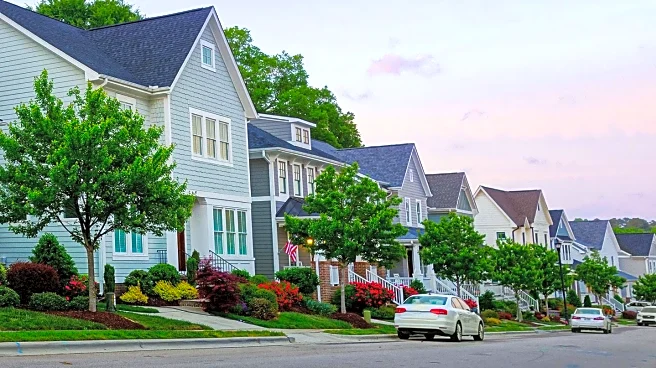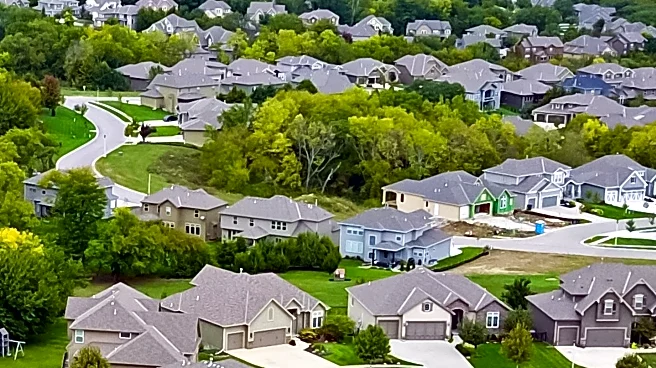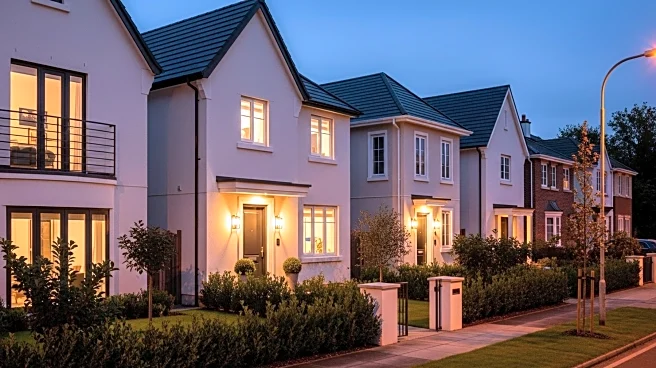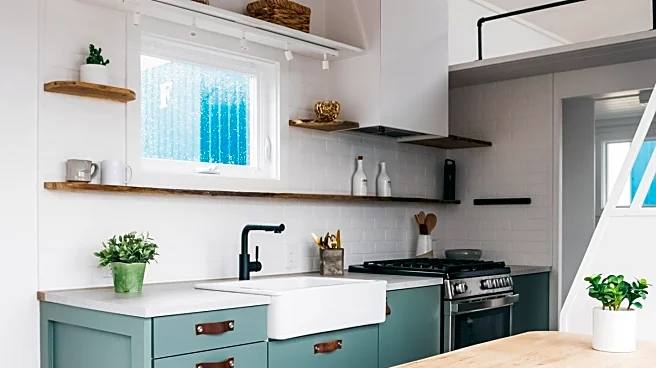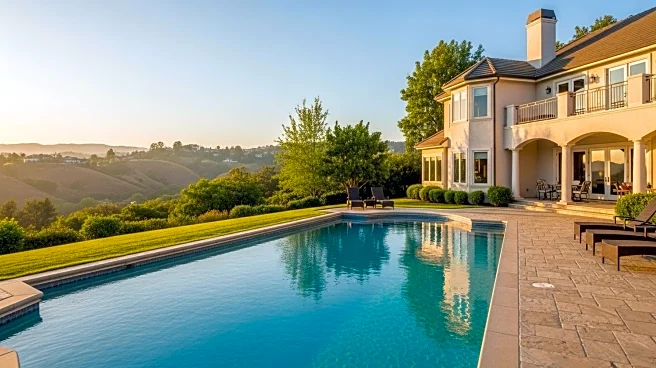What's Happening?
Niche.com has released its rankings for the Best Suburbs to Live in America in 2025, focusing on factors such as local school quality, crime rates, housing trends, employment statistics, and access to amenities. Chesterbrook, PA, has been named the top suburb, offering a 'dense suburban' environment with townhomes and walkability. The rankings aim to assist families, homebuyers, and professionals in making informed decisions about where to live. Despite high home prices, the suburbs offer larger homes and a slower pace of life compared to urban centers. The COVID-19 pandemic initially drove people to suburbs, but as it waned, some returned to cities. However, suburban living remains popular, with 79% of Americans under 55 preferring single-family homes in these areas.
Why It's Important?
The ranking of suburbs by Niche.com underscores a significant trend in American living preferences, where many individuals seek the balance of proximity to urban amenities with the tranquility of suburban life. This shift has implications for real estate markets, urban planning, and community development. High demand for suburban homes can drive up property values, impacting affordability and accessibility. The preference for suburban living also influences infrastructure development, including transportation and public services, as communities adapt to growing populations. The trend highlights a cultural shift towards valuing space, privacy, and community engagement, which can affect societal norms and lifestyle choices.
What's Next?
As suburban areas continue to attract interest, real estate developers may focus on creating new housing projects to meet demand. Local governments might invest in infrastructure improvements to support growing populations, including transportation networks and public services. The trend could lead to increased competition among suburbs to offer attractive amenities and quality of life. Additionally, the ongoing preference for suburban living may influence policy decisions related to zoning, environmental sustainability, and community planning. Stakeholders, including real estate professionals and urban planners, will likely monitor these developments to adapt strategies and meet evolving consumer needs.
Beyond the Headlines
The preference for suburban living reflects broader cultural and societal shifts, emphasizing the importance of community, space, and quality of life. This trend may influence how Americans perceive homeownership and lifestyle choices, potentially leading to changes in consumer behavior and market dynamics. The focus on suburban living could also impact environmental considerations, as communities balance development with sustainability. Additionally, the trend may affect social interactions and community engagement, as people seek environments that foster connection and support. These deeper implications highlight the evolving nature of American living preferences and their impact on society.
